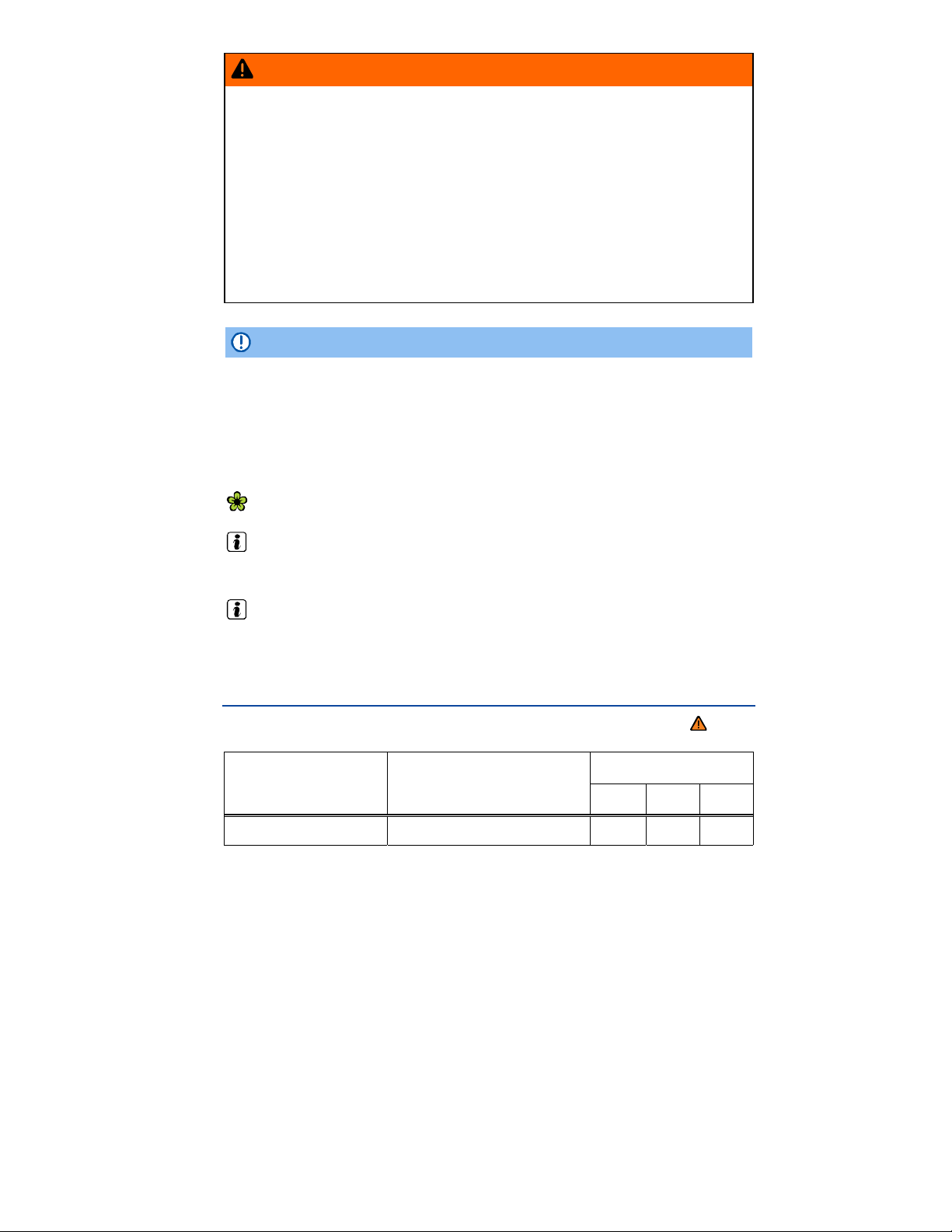Loading ...
Loading ...
Loading ...

WARNING
Incorrect tire pressure can cause a sudden tire failure or blowout, loss of control, collision,
serious personal injury, and even death.
Always inflate tires to the recommended and correct cold tire pressure before driving off.
Low tire pressure can cause tires to get too hot, resulting in tread separation, sudden loss
of pressure, and blowouts. Tires with excessively low pressure flex (bend) more, which can
cause the tire to overheat and fail suddenly without warning.
Excessive speed and/or overloading can cause heat build-up, sudden tire failure including
a blowout and sudden deflation and loss of control.
If the tire pressure is too low or too high, the tires will wear prematurely and the vehicle
will not handle well.
Regularly check tire inflation pressure, at least once a month, and also especially before a
long trip.
Check the pressure in all 4 tires when the tires are still cold. Never reduce air pressure in
warm tires to match cold tire inflation pressure.
NOTICE
Make sure not to jam the tire pressure gauge into the valve stem. Otherwise, you can
damage the tire valves and the tire inflation pressure sensors
⇒ page 189.
Driving without valve caps, with the wrong valve caps, or with valve caps that are not
properly screwed on can damage the tire valves and the sensors on the Tire Pressure
Monitoring System
⇒ page 189. To help prevent damage, always use valve stem caps like those
originally installed at the factory. The caps must be screwed on tightly. Do not use metal valve
caps or “comfort” valve stem caps.
Underinflated tires increase fuel consumption.
There may be differences between the pressure readings from a tire pressure gauge and the
pressures registered by the Tire Pressure Monitoring System. The electronic Tire Pressure Monitoring
System is more accurate.
When the TPMS warns that the pressure in at least one tire is too low, check the tire pressure in
all 4 tires with an accurate tire pressure gauge. Low tire pressure usually cannot be spotted by looking
at the tire. This is especially true for low-profile tires. When checking the tire pressures, refer to
Tire inflation pressure in cold tires
Please first read and note the introductory information and heed the WARNINGS
Engine Tire dimensions Tire pressure
bar psi kPa
2.0 L/200 hp (147 kW) TSI
235/45 R 17 xl 2.3 33 230
Loading ...
Loading ...
Loading ...